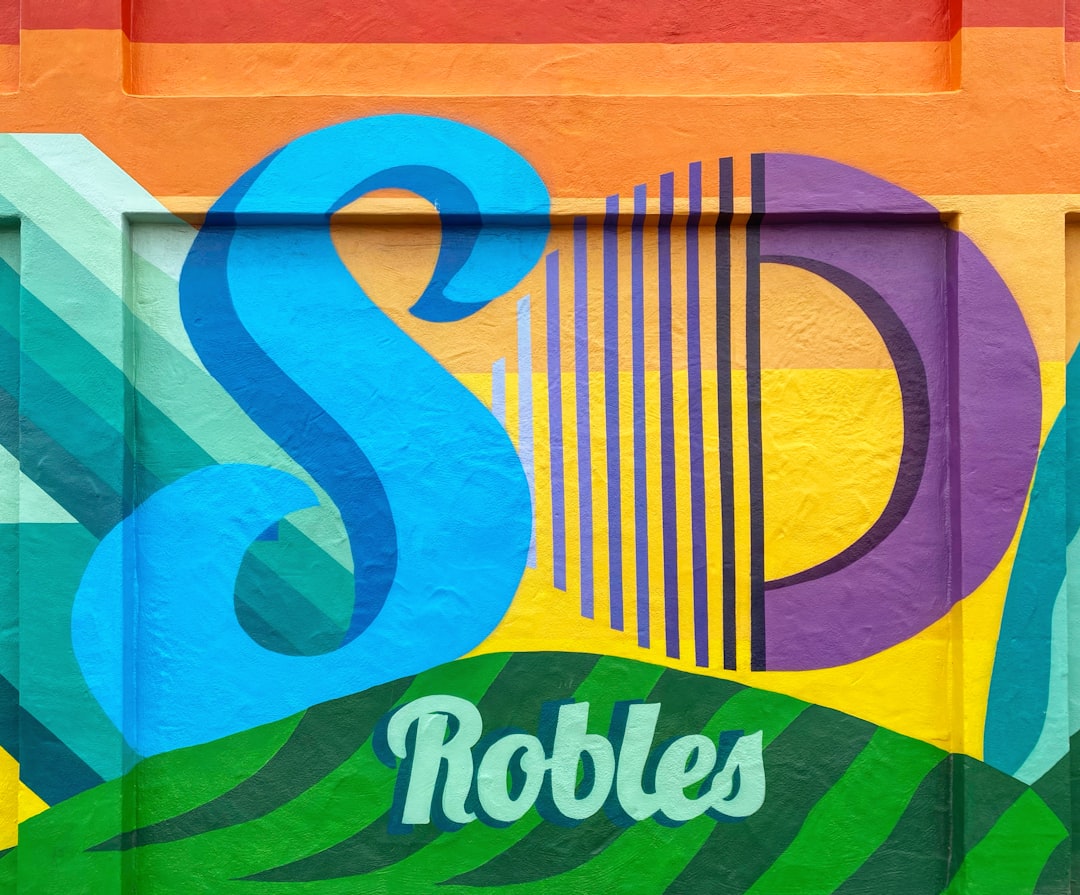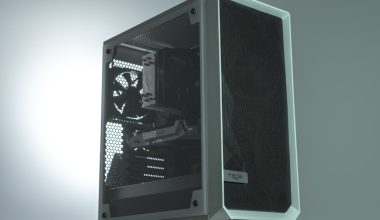Preparing a logo for use on signage, storefronts, and vehicles is not just about making it look good. It’s about making sure your brand is visible, recognizable, and adaptable in the physical world. Whether you’re a new business or revamping your identity, understanding how to properly design and format your logo for large-scale applications is essential.
TL;DR (Too Long; Didn’t Read):
Before applying your logo to a storefront, sign, or vehicle, you should optimize your design for scalability, contrast, and visibility. Use vector formats (like SVG or EPS), keep details minimal, and ensure color contrast works in outdoor lighting. Work with signage professionals to follow material guidelines and use mockups to visualize final results.
1. Understand the Environment
Prepping your logo for physical spaces starts with understanding where the logo will be placed. Environmental factors such as lighting, distance from viewers, material surface, and background color can all impact legibility and effectiveness.
- Signage: Needs to be readable from a distance, day and night. Consider placement (e.g., roadside, building side, hanging).
- Storefronts: Facing foot traffic? You’ll need a logo that stands out among competing visuals in a busy street setting.
- Vehicle Wraps: The logo must remain clear and legible while the vehicle is moving and should adapt to curved surfaces.
2. Use Vector Graphics
One of the most important technical steps in preparing a logo for any large display is using vector file formats. Vectors use mathematical paths rather than pixels, allowing your logo to scale to any size without losing quality.
Preferred vector formats include:
- SVG: Ideal for digital and print; supports transparent backgrounds.
- AI (Adobe Illustrator): A common file format favored by signage professionals and designers alike.
- EPS: Standard for many printers and sign shops.
Always ensure your final logos for large-scale output are saved in one or more of these formats.
3. Simplify the Design
A detailed or overly complex logo may look great on a website or business card, but it won’t translate well onto a billboard or the side of a truck. When prepping your logo for physical formats:
- Keep it simple: Remove unnecessary gradients, small words, or intricate details.
- Bold lines and typography: Use thicker fonts and clear lines to ensure visibility from a distance.
- Avoid visual clutter: White space can dramatically improve legibility.

It might be helpful to develop two versions of your logo: a detailed one for digital and print use, and a simplified one for signage and vehicles.
4. Consider Color and Contrast
Lighting conditions and viewing distance can affect how colors appear. A logo that looks great on your monitor may not pop in sunlight or headlights. Pay close attention to:
- Contrast: Make sure your logo contrasts strongly with its background.
- Material color: Will the sign be printed on wood, metal, glass, or vinyl? All affect how colors show.
- Weather durability: Choose weather-resistant, UV-stable colors for outdoor applications.
For vehicle graphics, you’ll also want to avoid dark logos on dark-colored vehicles and vice versa. Get a mockup done over your specific vehicle color before final approval.
5. Account for Placement and Scale
Your logo needs to be easily identifiable whether someone’s walking by at 3 feet or driving by at 30 mph. That means:
- Test for size: Print a section of your logo at full scale on paper to see how it reads from a distance.
- Use mockups: Place your logo graphically on photos of the intended environment to visualize it.

For vehicles, work with the wrap technician to avoid placing the logo where panels may split (like door frames or gas tank covers). Consider the slope of the hood or angles of the doors.
6. Design with Material in Mind
Different materials yield different results. For example, vinyl looks different from painted metal, and backlit acrylic glows differently than a flat matte finish.
- Acrylic: Best for lit signs; works well with bold, clean-lined logos.
- Vinyl Wrap: Great for cars and windows; easy to cut into shapes.
- Metal and Wood: Durable; more rustic or upscale appearance depending on finish.
Each medium comes with constraints — such as cut limitations, adhesive challenges, or reflections — so be ready to adjust line thicknesses or color choices.
7. Create Multiple Versions
You may need a horizontal, vertical, and icon-only version of your logo for different applications. Often, storefronts and vehicles require horizontal formats due to layout constraints.
- Primary Logo: Keep for your most common format representation.
- Stacked or vertical version: Great for hanging signs or vertical pole signs.
- Icon only: Useful for small or tight spaces (like side doors or window corners).
Flexibility will make your brand look consistent across multiple environments while adapting to each use-case.
8. Work With Professionals
Even if you’re confident in your design skills, consulting with signage and vehicle graphic professionals is invaluable. They can:
- Recommend size guidelines based on viewing distance
- Specify material constraints
- Help with installation and placement for longevity
- Offer proofreading for alignment, symmetry, and sizing
Don’t underestimate their input — a pro shop can spot potential design pitfalls before you spend thousands on production.
FAQ – Prepping a Logo for Physical Displays
- Q: What file format should I give to the sign shop?
A: Always provide your logo in a vector format like SVG, AI, or EPS. These formats ensure clarity at any scale. - Q: Can I just use my web logo for vehicle wraps?
A: No. Web logos are usually raster-based (JPG, PNG) and don’t scale well. Use vector versions, simplify the design, and ensure high contrast. - Q: How do I make sure my logo is readable from far away?
A: Increase size, use bold fonts, keep it simple, and avoid dense text or fine details. Mock it up at full scale to test visibility. - Q: Should I design a different version of my logo for signage?
A: Yes, a simplified or alternative format (e.g., horizontal or vertical versions) ensures your logo adapts well to various formats. - Q: What color considerations should I be aware of when printing my logo?
A: Ensure strong contrast with the background. Work with printed samples to check for color shifts in different lighting and materials. - Q: Can my logo go over windows or vehicle curves?
A: It can, but the design needs adjusting. Vehicle wraps bend and stretch, so avoid placing critical elements over curves, edges, or seams.
Final Thoughts
A logo that looks amazing online could fall flat in the physical world if not properly prepped. Think about material, adaptability, scale, and visibility at every step of the process. And when in doubt, get expert help — your brand’s first impression is worth the extra effort.





